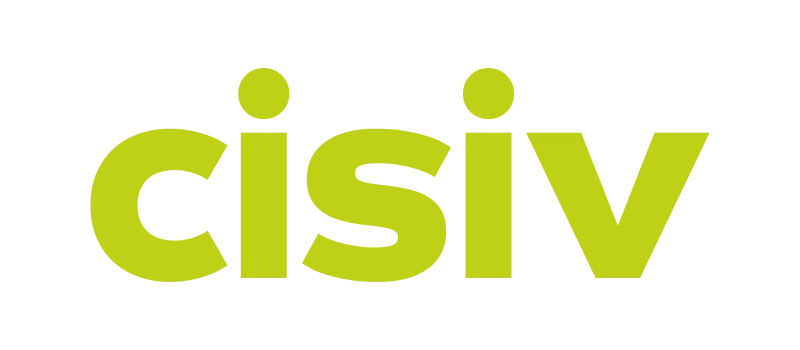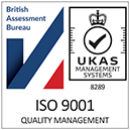Currently there are 6,000 recognised rare diseases, affecting over 300 million people globally. Despite these staggering numbers, only 5% of patients with a rare disease have a licenced treatment that is specific to their disease. To meet this large unmet need, over 20% of prescription sales are expected to be for orphan indications, highlighting that rare diseases are a critical market for the pharmaceutical industry.
Rare diseases have a significant impact and cost on patients, families and the healthcare systems, but developing therapies for each identified genetic disease present challenges in translational and clinical development.
Factors, including a small and heterogeneous patient population and a limited understanding of the natural history, a lack of generalisable data due to service inequality, and the difficulty in identifying patients, complicate the setting up of powered clinical trials and demonstrating clinical outcomes. Ethical reasons can also lead to single arm clinical trials or less traditional designs in phases 1 and 2 clinical trials. Thus, the evidence presented to regulators and reimbursement bodies often carries a higher degree of uncertainty on the value of the drug compared to that for more common diseases.
Real-world evidence (RWE) offers complementary data which can provide valuable insights into understanding patient populations, treatment effectiveness and safety in the real world. Real-world databases can also help into the recruitment for a trial, as well as bring synthetic control. This method complements randomised clinical trials and allows us to have the full picture.
Our latest webinar, featuring keynote speakers from Chiesi pharmaceuticals, Costello Medical and PCD research provides a framework to understand the value of RWD in rare disease pipeline development and emphasised how to use RWE in building an integrated evidence generation strategy for drug development.
Here are Cisiv’s top 4 key takeaways to consider when developing a meaningful integrated evidence generation strategy for rare diseases:
Early planning of RWE:
The integration of RWE must be thought of as part of the wider evidence generation plan. When planning evidence generation, your key stakeholders: payers, (policy makers, HTAs), clinicians, patients and the full lifecycle should be top of mind. For evidence generation, all methods can be leveraged: RCTs, RWE, post-hoc analyses, prospective, retrospective, and decision models. RWE should be integrated into wider evidence planning and should begin as early as possible in a product’s lifecycle to have maximum impact, even as early as before starting phase 1 of clinical development.
Understand your stakeholders & engage early and often
For successful orphan drug reimbursement, early engagement with stakeholders—including payers, patient advocacy groups, and health technology assessment (HTA) bodies is essential. By engaging with your stakeholders early and often and setting up a process to do so, you will achieve better outcomes. If engaging with an HTA, they can offer guidance on what the appropriate study methods are. In some countries, the range of existing frameworks are available, and your key contacts can give you additional support. For example, the UK, ’NICE RWE framework,’ offers insights on appropriate study design and reporting, methods to minimise bias, and ensure data provenance, quality, and relevance. It also allows you to identify if similar studies have been submitted to public bodies and how they were received.
Similarly, regulatory bodies, the FDA and EMA provide numerous frameworks supporting the use of RWD. It is crucial to ensure the accuracy and relevance of your study or registry data for regulatory submissions and decision making. Early interactions with regulatory authorities for the purpose of protocol writing and milestone meetings make a bit difference to what happens later. In the context of rare disease and orphan drug designation, you may even get feedback on the expected value of your therapy compared to the standard of care. This engagement helps to understand their requirements and concerns, allowing for the development of evidence that meets their specific needs and reimbursement criteria.
Designing real-world databases to deliver value:
One way to accelerate innovation in rare disease is to set up a patient and/or disease registry, which helps to build an understanding of where the patients are and learn more about the diseases. A molecular diagnosis test or whole genome sequencing would be best practices and a follow-up inclusion into registry should be maintained for those with molecularly defined profiles, alongside matched biobank samples. A database of patients with molecular characterisation and phenotype information can provide invaluable data to help accelerate evidence generation and drug development.
One speaker highlighted that “if you have seen one registry, you have seen one registry”. Each registry may include different types of data and can have different uses. It’s key to make sure that the database is fit for purpose of your research question. All RWE studies should be designed with the end-goal in mind to ensure that the study meets your needs. This includes having clearly defined aims that should be set at study conceptualisation to ultimately help inform the most appropriate methodology to proceed with.
Technical considerations:
Patient registries are an example of making use of databases and have proven to be highly valuable for several reasons: (i) identifying patient cohorts and enabling faster recruitment into a clinical trial, (ii) understanding natural history of a disease, (iii) understanding the patient or carer burden and possibly (iv) providing a synthetic control arm to a clinical trial. The value of the registry or database will depend on how it has been set up in the first place, and how well it is managed. When setting up a registry, consider the following key points:
- Existing Registries: Investigate if there is already an existing registry that addresses your research question and determine whether you can access and utilise this registry for your purposes.
- Data Suitability: Assess whether the data fields collected in the existing or proposed registry are suitable for answering your research question. Then consider if data linkage to other sources is necessary and whether the timeframe of data collection and sample size are adequate to support your research.
- Cost-Benefit Analysis: Recognise that establishing and maintaining a registry is a significant undertaking. You will need to evaluate whether the importance of your research question justifies the expense and effort involved, or if it could be answered through more conservative methods.
However, if existing registries are unsuitable or do not exist, it may be appropriate to consider establishing a new registry. This should be considered early in the development of an evidence plan.
There was a key focus on patient data entry, this should be accessible via apps or browsers, with an emphasis on ease of use, inclusivity, and patient-centred design, ensuring questions are appropriate for different ages and allowing caregivers to input data if necessary. We should also understand the significance of patient-reported outcomes (PROs) and the need for structured data to achieve meaningful results. Harmonised data structures are essential for integration and analysis, balancing core data sets with protocol variations for international studies.
Click here to access the full webinar recording: How to develop an integrated evidence strategy for rare disease clinical development. – Cisiv
To discuss these insights and/or our technology further, please contact us at info@cisiv.com or through https://cisiv.com/contact-us/.


